Think of the most important capabilities you’d want in your next off-road tourer.
I’d guess reliability, load carrying, off-road capability and comfort featured somewhere in your list. Fundamentally, what we all want is the ability to carry a large and heavy load reliably across rough terrain, without causing undue stress to our bank balance or backsides. Those needs won’t ever change, unlike the cars we buy. And a good example is the humble ute.

Do you need a ute?
Not so long ago your average ute was the equivalent of a tinny powered by an electric outboard, but with a noise like a Victa at redline, comfort was an outback dunny but without the sense of style, the best safety feature was how slowly you’d hit something, off-road ability was more effort than fun, and the tow hook was more show than go. Utes were cheap and could carry a big load, but they were like Taragos – you bought them because you had to, not because you wanted to.
Today, ute handling is improved to the point where it’s actually fun instead of hard work. You can drive a load without welding foot to the floor. Traction control has revolutionised off-road capability, and safety is five-star. Utes are now cars people enjoy for the car itself – an iPhone rather than a green screen Nokia – and are a viable alternative to the wagon. They’re not quite as good as wagons yet – there’s still a way to go on refinement, handling and off-road ability – but they’re close enough for most people.

Why buy a ute or wagon?
So why a ute, or why a wagon? In general terms, the ute offers hugely more rear load space, around 60% from my rough calculations. It is better designed for a load, with around 1000kg of useful payload, vs 800kg for the wagons, and more roof rack area. The ute is also cheaper than the equivalent wagon. Finally, the ute is designed for hard work every day, whereas designers of wagons think more about quiet refinement than load slogging. Utes also offer pretty well-unlimited modification potential with all manner of bodies that can be fitted.
So if we come back to what off-roaders want, then the ute is more of a draughthorse than a racehorse. But the wagon fights back.

Are wagons better?
First off, in order to realise that wonderful ute load space you need to drop $3000 or so on a canopy – or $8000 to $12000 plus on a decent service body – then figure out some sort of storage system that lets you utilise all that room. Then you might want to dustproof the tailgate. And the canopy will be another set of keys to remember, unless you shell out extra for central locking. Convenience is not the ute’s strong suite.
Now I did say that the modern ute is, for many, good enough when it comes to on-road, off-road and comfort. I stand by that, but wagons are even better, because while load carrying, off-roading and reliability are important, the fact is that everybody enjoys a bit of refinement and wagons still do smooth-cruise wafting better than utes. Pick any pair – Prado/HiLux, Pajero/Triton and you’ll see the wagon handles better, goes further off-road and offers a more luxurious ride. It’s also more likely to have useful gadgets like multi-view cameras, automatic braking, keyless entry and active cruise control – don’t scoff, like mobiles you try them and then you can’t do without.

Need seven seats?
If you want seven seats, then no ute will help you – that’s wagon territory. And utes have to have a longer wheelbase and overall length than wagons, which means they will never be as manoeuvrable off-road or as easy to drive in suburbia.
So here’s the bottom line. Just like you can’t think of today’s diesels as noisy, harsh and under-powered, so too can nobody say the modern ute is a boring one-trick pony. Utes can deliver safety, power, handling, joy of ownership and overall capability, so if you lug a big load, get a ute rather than overload a wagon.
But if you need a wagon for the extra seats, or you just want the finer things in life because, dammit, you deserve them, or you don’t need all that ute space, then wagons offer ever-increasing levels of comfort and capability which utes still can’t match.
Think of the most important capabilities you’d want in your next off-road tourer.

Sound off
I’m sure you enjoy listening to music in your car. And I’m also pretty sure your sound system is stock standard.
But remember when the factory sound system was hopeless, and you’d immediately pull it out for a better one? You still can upgrade of course, but now we generally don’t spend the extra for the final bit of quality.
And that is why I’ve swapped from a Discovery 3 to a PX Ranger. The ute is not the technological equal of the Discovery – it has leaf springs, a live axle, part-time 4X4 and drum brakes, and as a result, it is less refined, less capable off-road, doesn’t handle as well, isn’t as manoeuvrable and is nowhere near as luxurious.
But it’s good enough for us – the Ranger is the standard MP3 player and the Discovery is the full-on custom sound system. And that means we can enjoy the ute advantages while accepting what are now liveable disadvantages.

Ute wins on versatility
For us, a ute means versatile load-carrying capacity no wagon can match, great for a growing family with a camping hobby. I like the idea of being able to demount the canopy, converting the truck from tourer to general dogsbody carrier of things. And we don’t need to compromise on safety, with a 5-star rating, plus there’s stability control to keep the rear-wheel drive power under control in the wet. Running costs should be cheaper too, as Discovery’s capability came at the expense of complexity, literally.
Now while utes are improved, their length means around-town manoeuvrability will never be great. When we owned the Discovery the other car was a Defender, so the Disco had to fulfil the job of tourer and town car, dual and opposing roles it fulfilled superbly. Now the Defender is gone and instead we have a small red car that doesn’t like straight lines – a Toyota 86 – so that’s now our errand and town car (oh, and my track toy!). This means the family 4X4 doesn’t need to be as city-friendly as before, hence the ute.

What did I buy?
So I kept an eye on the market, waiting for utes to improve. The tipping point was the release of the Ranger/BT-50 and Amarok, the best, in my view, for handling, refinement, off-road performance, payload and everything else. The rest of the market doesn’t measure up; HiLux is behind the times, Triton has a plus of constant 4X4 but annoyingly slow steering, Colorado/D-Max are low cost but not leaders, and Navara’s capability is not the best I’ve seen.
I had a quiet word with my friends in the aftermarket industry and the word was mechanically the Ranger/BT-50 seemed to be the way to go, which left one decision – which twin? It would have been the Mazda on the basis that it offers better value than the Ranger, but then TJM decided to change over one of their Rangers, and somehow it followed me home. I think it’ll be with us for a while. Long live the dual-cab ute…


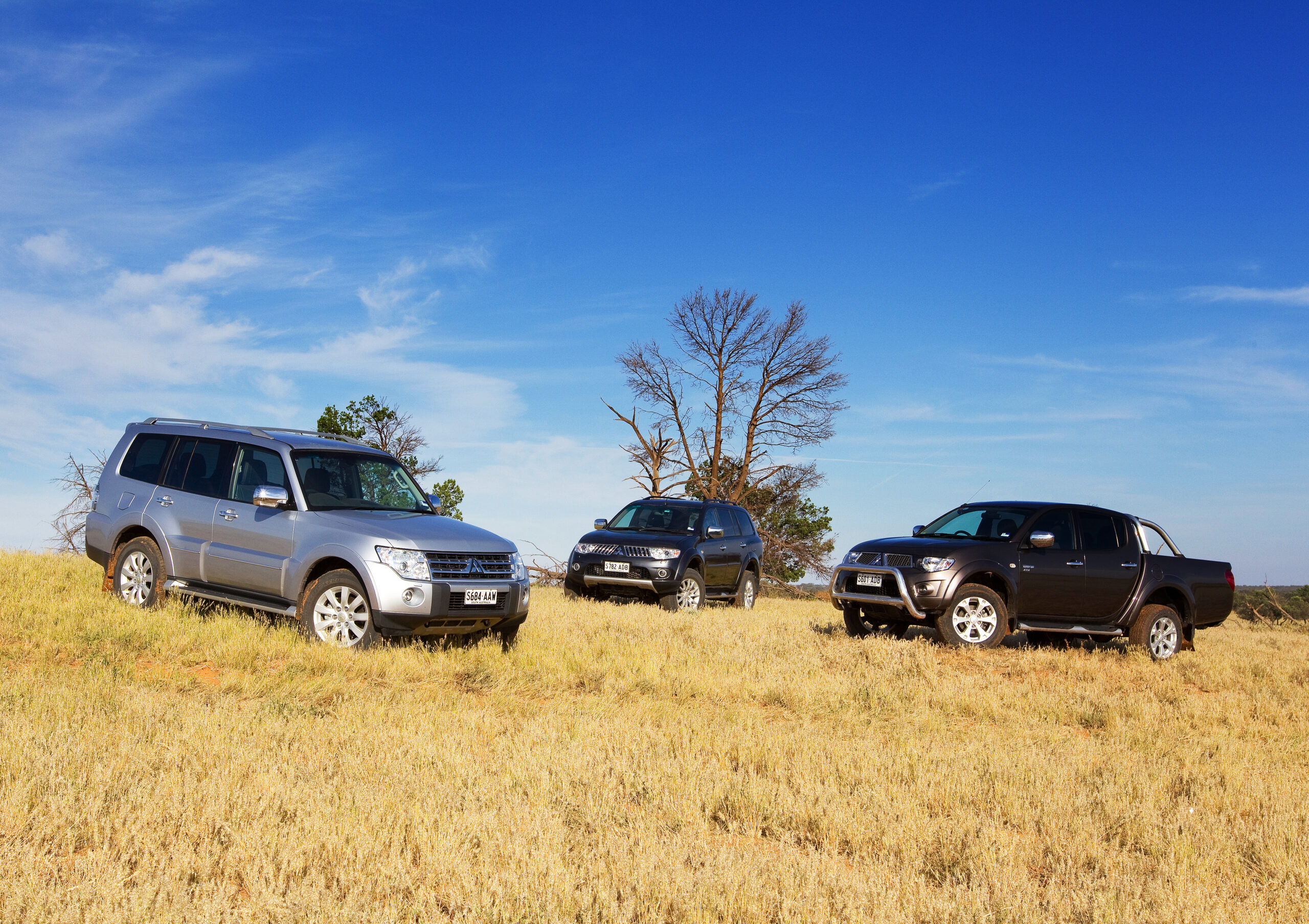

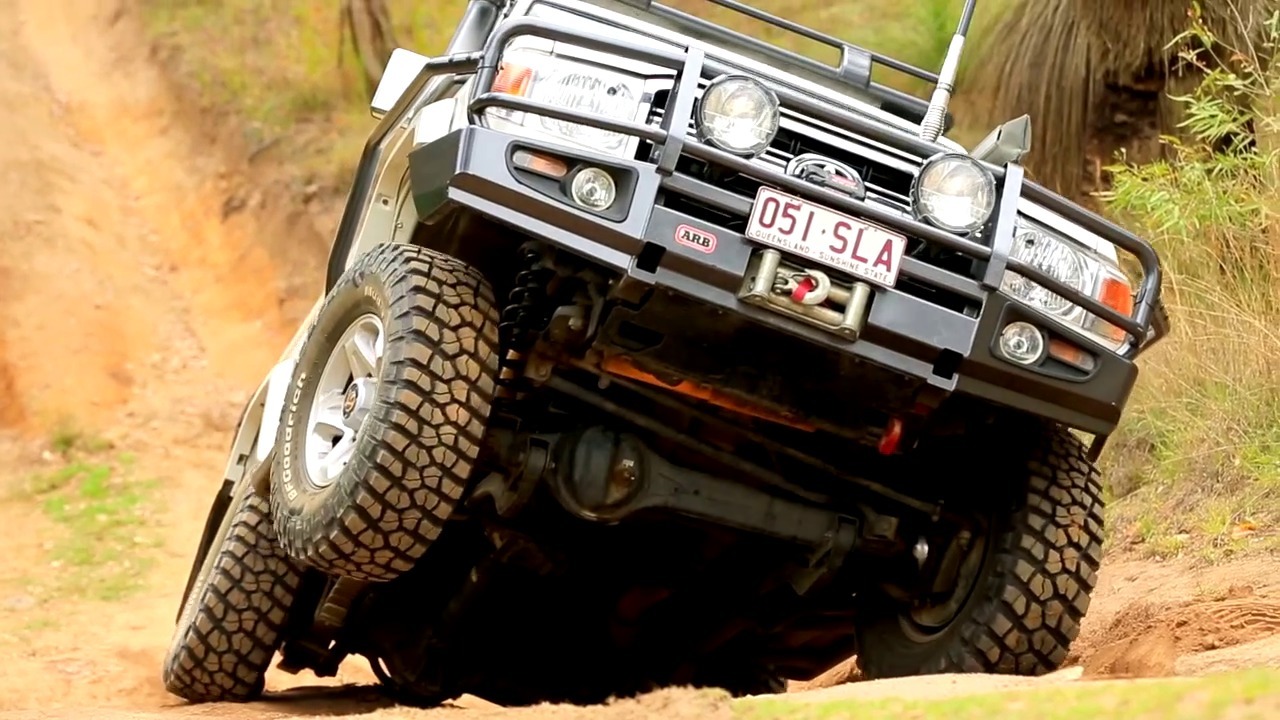

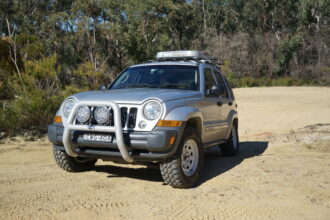
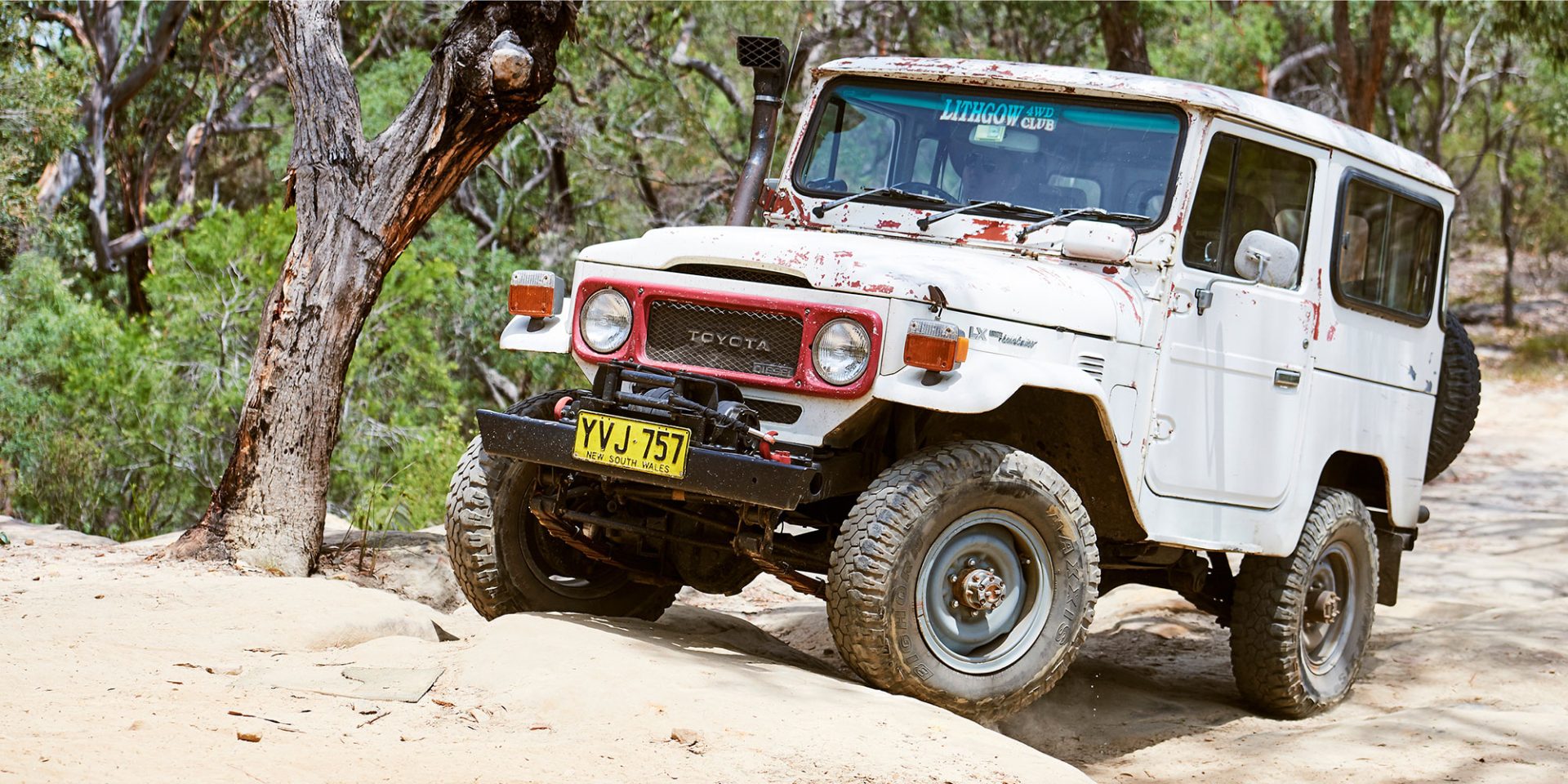
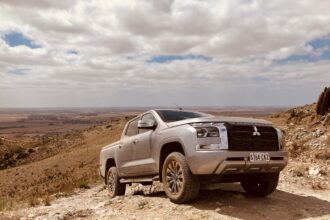

Can you maybe do another updated view on ute vs wagon. I will be looking for a new vehicle in rhe near future so it would be interesting to get another point of view. I like the utes as all the gear is outside and the cabin remains quiet, sand mud free, abd easier acess to cargo when traveling (we have have a camper trailer) but don’t enjoy the ride so much when empty hence the wagon.